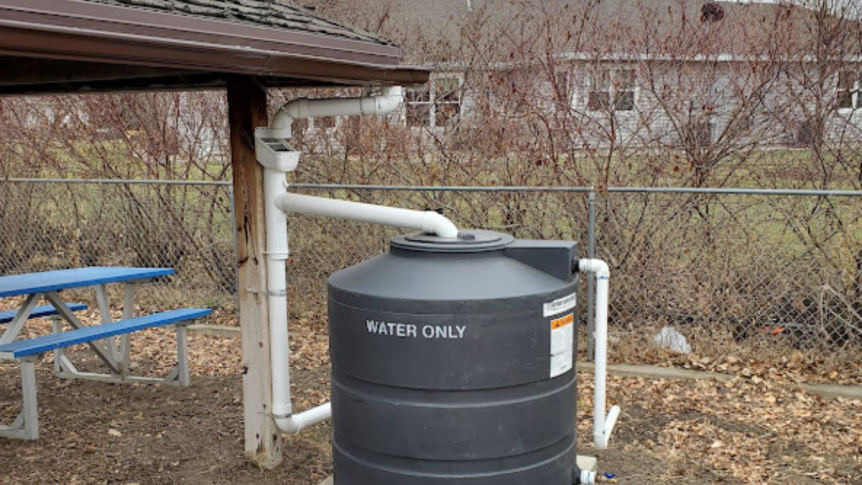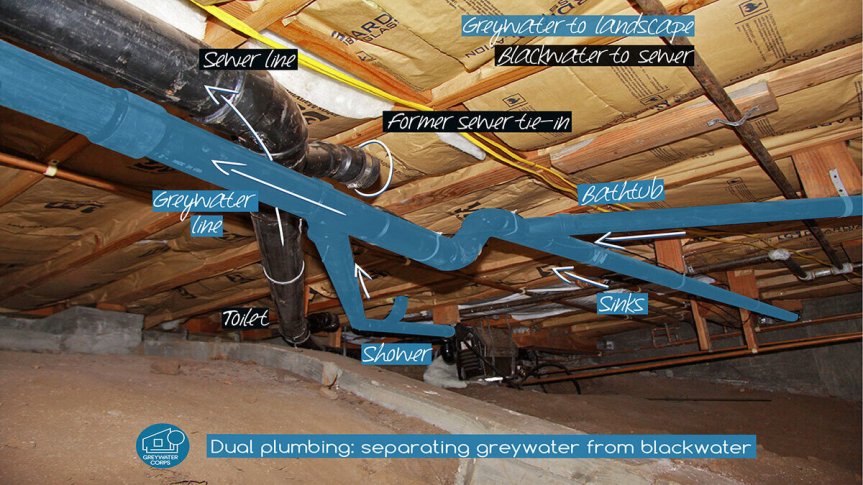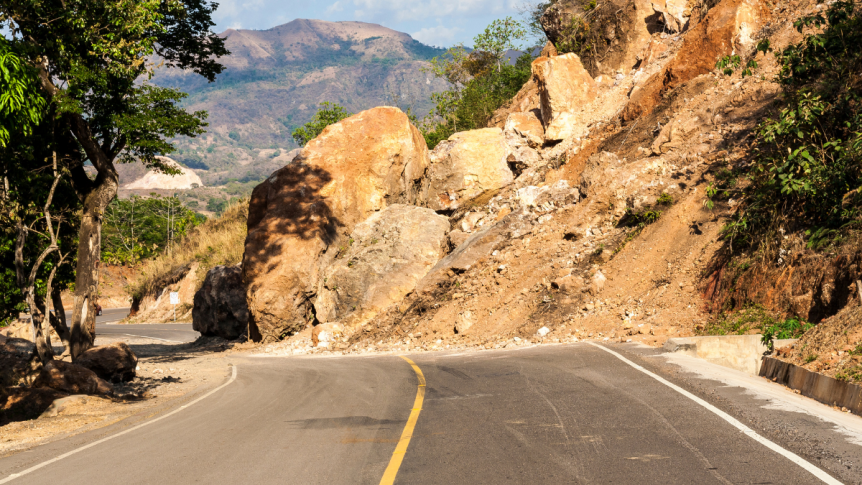Since the beginning of agriculture, people have recognized that a sufficient water supply is essential for crop production. The capacity of soil to store and supply water for plant growth is a fundamental agroecosystem service. It also is a soil health indicator. How well this soil water storage function performs affects water use efficiency, irrigation … Continue reading What affects how well soil holds water?
Category: Urban soils
How does low-impact development help manage stormwater?
Cities can have many benefits when designed well, including reducing carbon imprints. Another way cities can improve their environmental impact is by using “low-impact development” with regard to water management. Also called “green stormwater infrastructure,” it provides planners with a toolbox of practices and approaches to manage water during rain events and snowmelt. On undeveloped … Continue reading How does low-impact development help manage stormwater?
How can homeowners recycle grey water?
Here in California – and in many parts of the world – water scarcity is a way of life. Thankfully, most of the water that we use indoors can be safely reused for outdoor irrigation and toilet flushing. This is called grey water. Grey water is used water from sinks, showers and washing machines. It … Continue reading How can homeowners recycle grey water?
Why do landslides happen?
A landslide is made of mud and other earth materials that fall down a slope, usually after a period of heavy rain. When buildings or other infrastructure balance on soils that cannot effectively capture and react to precipitation, landslides may occur. The weight of the water and the steep incline push the mud and dirt … Continue reading Why do landslides happen?
How do soils and humans impact one another?
Soils are a finite resource, and only renew over centuries or millennia. Soils provide many “services” to humans, yet it is largely an ignored resource. Some of the services soils provide are: Capturing and cleaning rain and snowfall,Providing structure to grow our food,Holding carbon in the form of organic matter (carbon sequestration), andProviding a home … Continue reading How do soils and humans impact one another?
How is San Antonio reducing its solid waste?
Last year, a group of agronomists and soil scientists toured several locations in San Antonio that highlight some new programs and services. Composting can help reduce waste and solve landfill problems. Urban agriculture can reduce the amounts of food deserts and make good use of open urban land. Let’s look at what San Antonio is … Continue reading How is San Antonio reducing its solid waste?
Is lead contamination ancient history?
Lead's use may be – but we still have a lead problem, especially in urban areas. The first extraction of the metal lead from ores was ancient – around 7,000 BCE. In the millennia since, Egyptians have used it in cosmetics, Romans in their pipes, the British in their ammunition, and now every society in … Continue reading Is lead contamination ancient history?
What is phytoremediation?
What could be greener than using plants to clean up polluted soil? Phytoremediation, the use of green plants to repair unhealthy soil, has sparked the curiosity of scientists and plant lovers for decades. Plants can do things that people can’t, like pull pollutants out of soil while leaving the soil in place. Why worry about … Continue reading What is phytoremediation?
The discovery and general uses of phosphorus
Celebrating the 350th Anniversary of Phosphorus’ Discovery! Did you ever wonder why your home and garden fertilizer has specific ratios of nutrients? Well, the story goes back even further – to the discovery of those elements! Phosphorus is one of the main “ingredients” for healthy plant growth. This year, 2019, is the 350th anniversary of … Continue reading The discovery and general uses of phosphorus
How do I keep more of the nitrogen in my soil?
If you garden, do lawn maintenance, or farm, you’ve probably added nitrogen fertilizer to your soil. Nitrogen is the most common nutrient to limit plant growth – because plants need quite a lot of it (10-60 g per kg of plant mass, to be exact). It also doesn’t stick around very long in the soil. … Continue reading How do I keep more of the nitrogen in my soil?









